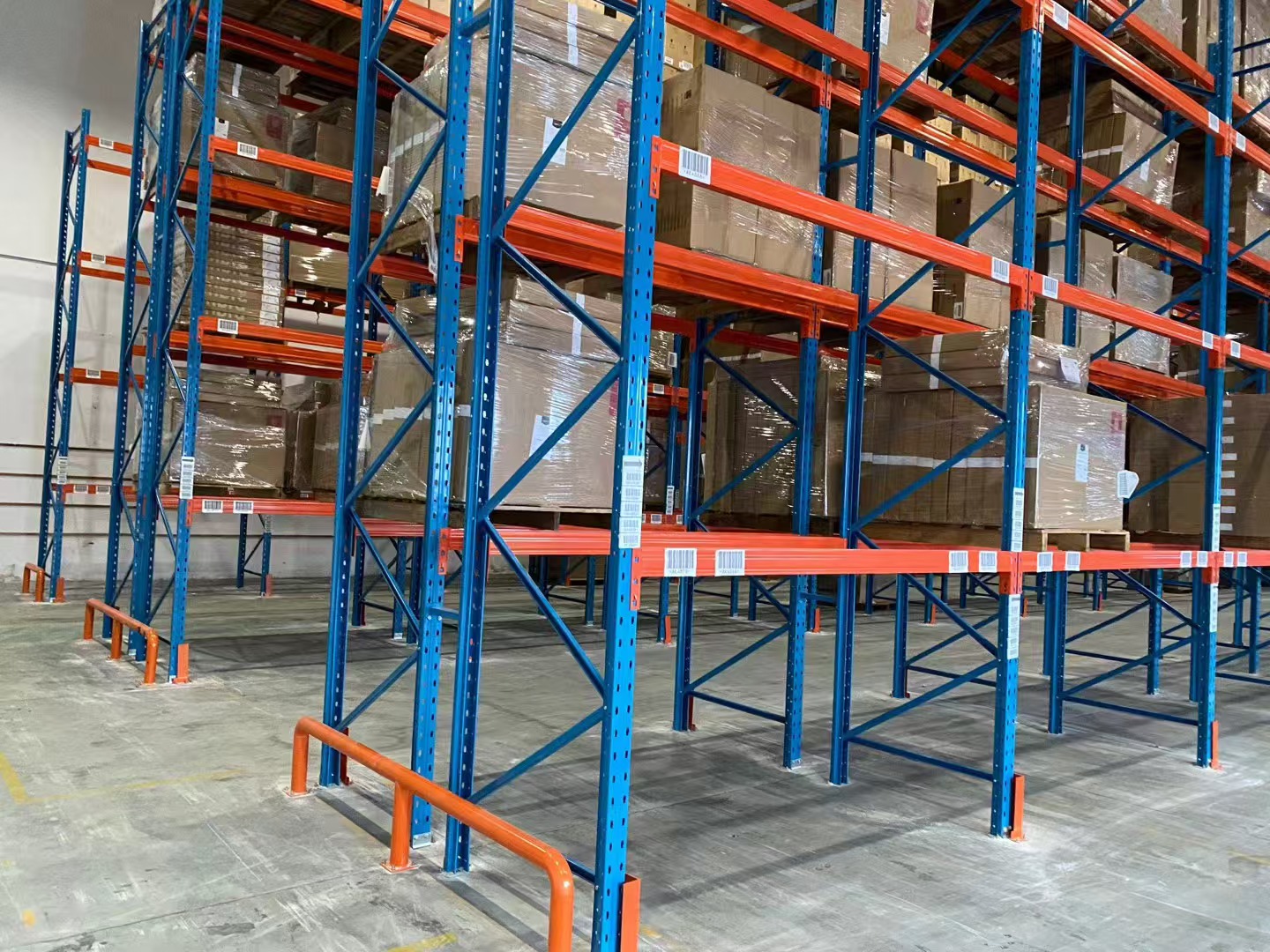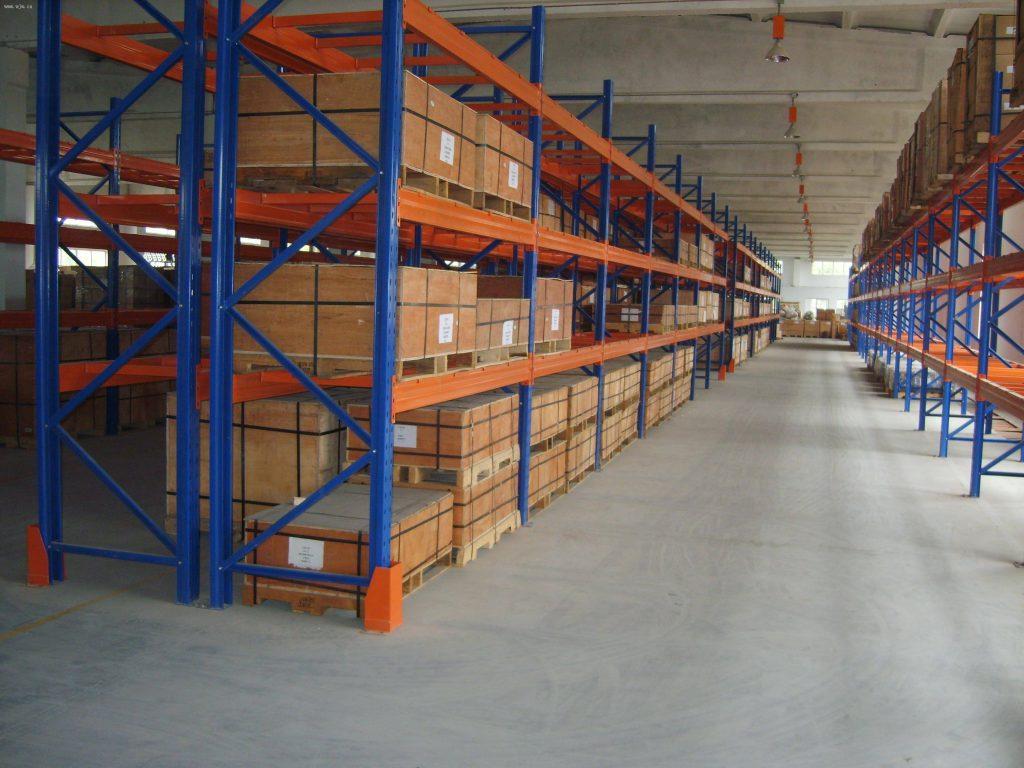In the intricate world of warehousing, retail, IT, and even home organization, racks are the unsung heroes. These fundamental structures provide the essential framework for storing, accessing, and managing a vast array of items efficiently and safely. Choosing the right types of racks is critical for optimizing space, enhancing workflow, ensuring safety, and ultimately, impacting the bottom line. This guide delves into the diverse universe of racks, exploring their key categories, functionalities, and ideal applications.

Why Understanding Different Types of Racks Matters
Selecting the wrong rack system can lead to wasted space, inefficient operations, product damage, and even safety hazards. Conversely, the right racks can transform storage areas, enabling:
Maximized Space Utilization: Efficiently using vertical and horizontal space.
Improved Accessibility: Ensuring items are easy to locate, retrieve, and put away.
Enhanced Organization: Structuring inventory logically for better management.
Increased Safety: Properly supporting loads and providing clear access paths.
Cost Efficiency: Reducing labor costs, minimizing product loss, and delaying the need for expensive facility expansion.
Scalability: Adapting to changing inventory levels and needs.
Now, let's explore the major types of racks that form the backbone of storage solutions across industries.
Pallet Racks: The Industrial Workhorse
Undoubtedly the most ubiquitous type of rack in warehouses and distribution centers globally, pallet racks are engineered to store unitized loads, most commonly on pallets. They consist of vertical upright frames connected by horizontal load beams, creating multiple storage levels.
How They Work: Pallets are placed directly onto the beams, either front-to-back (requiring wide aisles for forklifts) or side-by-side in a deeper configuration.
Key Variations:
Selective Pallet Racks: The most common and flexible type. Each pallet is directly accessible, ideal for high SKU variety and frequent access. Aisles need to be wide enough for forklift maneuvering.
Double-Deep Racks: Pallets are stored two-deep on the same level. This increases storage density compared to selective racks but requires specialized forklifts (reach trucks with double-deep reach) and reduces accessibility to the rear pallet.
Narrow Aisle (NA) / Very Narrow Aisle (VNA) Racks: Similar to selective racks but designed for significantly narrower aisles. Requires specialized narrow-aisle forklifts or turret trucks. Maximizes storage density in facilities with height but limited floor space.
Components: Upright frames (with punch holes for beam height adjustment), beams (roll-formed or structural), wire decking or pallet supports, row spacers, and safety features like column guards and rack protectors.
Ideal For: Warehouses, distribution centers, manufacturing facilities storing palletized goods like food, beverages, raw materials, finished products.
Pros: High flexibility, excellent accessibility (selective), good visibility, relatively easy to reconfigure.
Cons: Lower storage density compared to some other systems (especially selective), requires wider aisles (except NA/VNA).

Cantilever Racks: Mastering the Long, Bulky & Awkward
Designed specifically for items that are long, bulky, or irregularly shaped, cantilever racks feature arms that extend horizontally from a central column. These arms provide unobstructed access along the length of the stored items.
How They Work: Vertical columns support horizontal load-bearing arms at various heights. Items (like lumber, pipes, tubing, furniture, carpets, rolls of material) are placed directly onto the arms, either from the side or the front.
Key Features: Arms can be adjusted vertically to accommodate different load heights. Bases can be portable (on casters) or fixed. Robust construction handles heavy, uneven loads.
Ideal For: Lumber yards, plumbing/HVAC suppliers, furniture storage, steel service centers, carpet warehouses, window and door manufacturers, storing kayaks or ladders.
Pros: Excellent accessibility for long items, no front columns to obstruct loading/unloading, highly configurable arm heights, handles awkward shapes well.
Cons: Generally lower storage density than pallet racks, typically requires loading/unloading from the side (unless end-loaded), requires careful balancing of loads.
Drive-In & Drive-Through Racks: High-Density Pallet Storage
When maximizing storage density for large quantities of similar products is paramount, Drive-In and Drive-Through racks are the solution. These systems sacrifice direct accessibility for significantly higher pallet counts per square foot.
How They Work:
Drive-In Racks: Feature lanes with continuous rails along the floor. Forklifts drive into the lane to place or retrieve pallets, which rest on the rails. Loading is typically done on one side (LIFO - Last-In, First-Out) or sometimes configured for FIFO (First-In, First-Out) from opposite sides if accessible.
Drive-Through Racks: Similar to Drive-In but accessible from both ends. Forklifts drive through the lane. This inherently supports FIFO inventory management.
Structure: Constructed with vertical guide rails at the entrance and along the lane depth, supporting horizontal load rails or arms at each storage level. Requires robust construction to withstand forklift contact.
Ideal For: Cold storage (freezers/refrigerators), bulk storage of beverages, seasonal products, items with low SKU counts and high pallet quantities.
Pros: Extremely high storage density (up to 75%+ more than selective pallet racks), efficient use of cube space, good for homogeneous products.
Cons: Reduced accessibility (not all pallets are immediately accessible), higher risk of product damage from forklifts, requires skilled operators, slower retrieval times for pallets deep in the lane, LIFO configuration can lead to obsolescence issues. FIFO is preferred but requires Drive-Through design.
Mezzanines & Structural Racks: Expanding Horizontally and Vertically
These systems blur the line between pure shelving and building infrastructure, creating elevated work platforms or highly integrated storage structures.
How They Work:
Mezzanines: Essentially a raised floor installed within an existing building. They create a second (or third) level usable for offices, packing stations, additional storage, or assembly. Can be free-standing, rack-supported, or shelf-supported.
Structural Racks (Rack-Supported Buildings): The rack structure itself becomes the primary support for the building's roof and walls. This is a highly integrated solution where the storage system is the building frame.
Rack-Supported Mezzanines: Pallet racks or similar heavy-duty racks are used as the primary support columns and beams for an elevated mezzanine platform built above the main storage area.
Ideal For: Facilities needing significant additional floor space without expanding the building footprint (mezzanines), large-scale distribution centers where integrating storage and building structure is efficient (structural racks), adding office space or work areas above storage (rack-supported mezzanines).
Pros: Maximizes cubic space effectively, creates valuable usable square footage, rack-supported solutions can be cost-effective for large new facilities. Mezzanines offer flexibility.
Cons: Significant upfront investment (especially structural racks), requires engineering and permitting, may impact sprinkler systems and lighting, access requires stairs/elevators/lifts.
Specialized & Miscellaneous Racks: Tailored Solutions
Beyond the major categories, numerous specialized racks address unique storage challenges:
Mobile Aisle Racks (Mobile Shelving): Units are mounted on carriages that move along embedded floor tracks. Only one aisle is opened at a time by moving the racks, drastically increasing storage density in archival, library, or parts storage settings. Requires a sturdy floor.
Push Back Racks: A dynamic high-density system where pallets are stored on nested carts on inclined rails. When a pallet is unloaded from the front, the next pallet rolls (or is pushed) forward by gravity. Allows for multiple pallets deep per lane (typically 2-6) while still offering good selectivity (LIFO).
Carton Flow Racks: Designed for high-speed picking of individual cases or cartons. Utilize gravity-fed roller or wheel beds set on a decline. Loaded from the rear (higher level), cartons flow forward to the pick face at the front (lower level). Ideal for FIFO perishables or high-volume SKUs.
Wire Shelving & Bin Racks: Common in retail backrooms, light industrial, and garages. Offer open visibility and ventilation. Can be static or mobile. Bin racks incorporate plastic bins for small parts organization.
Display Racks: Designed specifically for presenting merchandise attractively in retail environments (gondola shelving, garment racks, pegboard racks).
Server Racks & Network Cabinets: Standardized enclosures (19" or 23" width) in IT environments for mounting servers, switches, routers, and other equipment. Focus on cable management, cooling, security, and organization. Often on casters.
Choosing the Right Types of Racks: Key Considerations
Selecting among the various types of racks isn't a one-size-fits-all decision. Carefully evaluate these factors:
Inventory Characteristics: Size, weight, shape, fragility? Pallets, cartons, or loose items? Homogeneous or diverse SKUs? FIFO or LIFO requirements?
Space & Facility: Available floor space, ceiling height, floor condition, column placement, door locations, sprinkler systems?
Material Handling Equipment: What forklifts or handling equipment are available (and their capabilities - lift height, reach, aisle width requirement)?
Throughput & Accessibility: How often are items accessed? Speed of put-away and retrieval? Need for direct access to every pallet/SKU?
Budget: Consider not just initial purchase/installation but long-term operational efficiency, maintenance, and potential for reconfiguration.
Safety & Regulations: Compliance with local building codes, fire safety regulations (especially regarding flue space around sprinklers), and OSHA standards is non-negotiable. Professional design and installation are crucial.
Understanding the diverse types of racks available is fundamental to designing an efficient, safe, and cost-effective storage operation. From the ubiquitous pallet rack handling daily distribution flows to the specialized cantilever racks managing lumber or pipes, and the high-density drive-in racks optimizing freezer space, each system serves a distinct purpose. Racks are more than just metal frames; they are the strategic foundation upon which inventory control, order fulfillment, and operational efficiency are built.
By carefully analyzing your specific needs – inventory profile, space constraints, handling methods, throughput requirements, and budget – you can identify the optimal types of racks or combination thereof. Partnering with reputable storage solution providers and qualified installers ensures that your chosen racks are designed, installed, and maintained to the highest safety and performance standards, transforming your storage challenges into a competitive advantage. Investing time in selecting the right racks pays dividends in productivity, safety, and space utilization for years to come.







